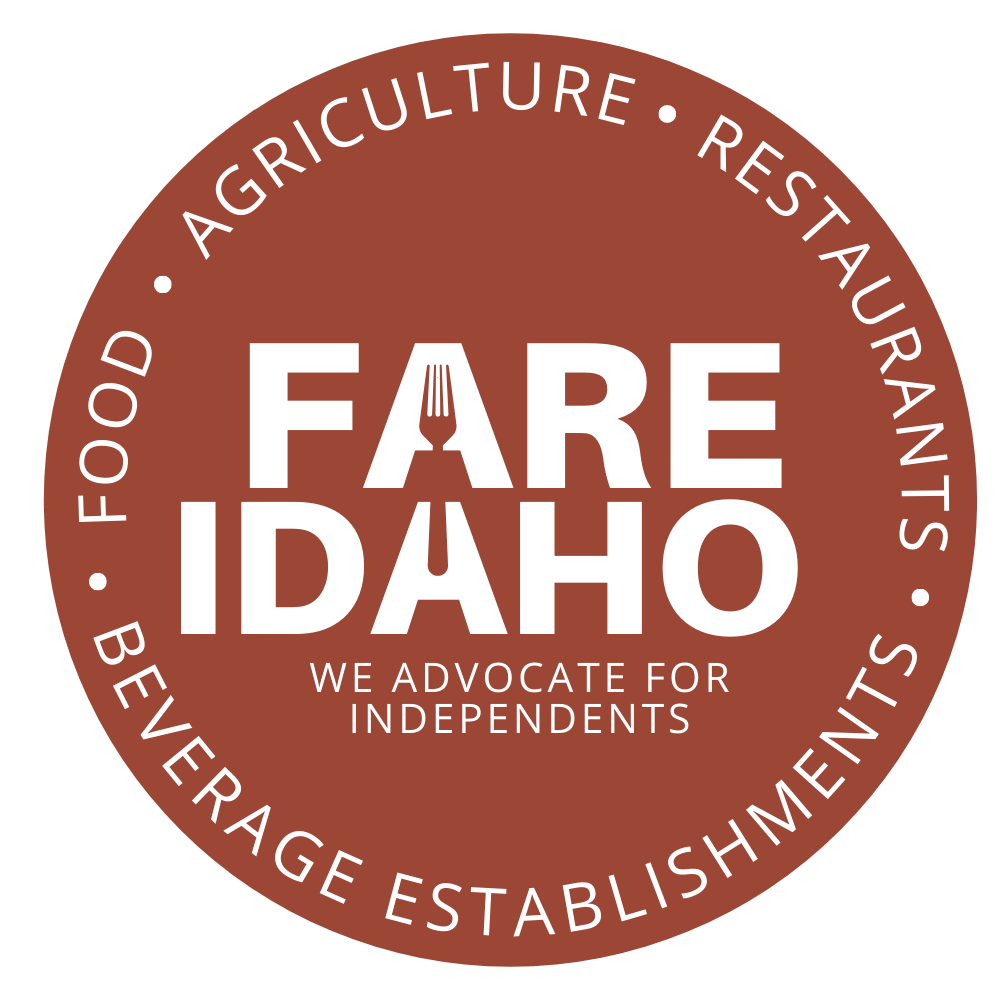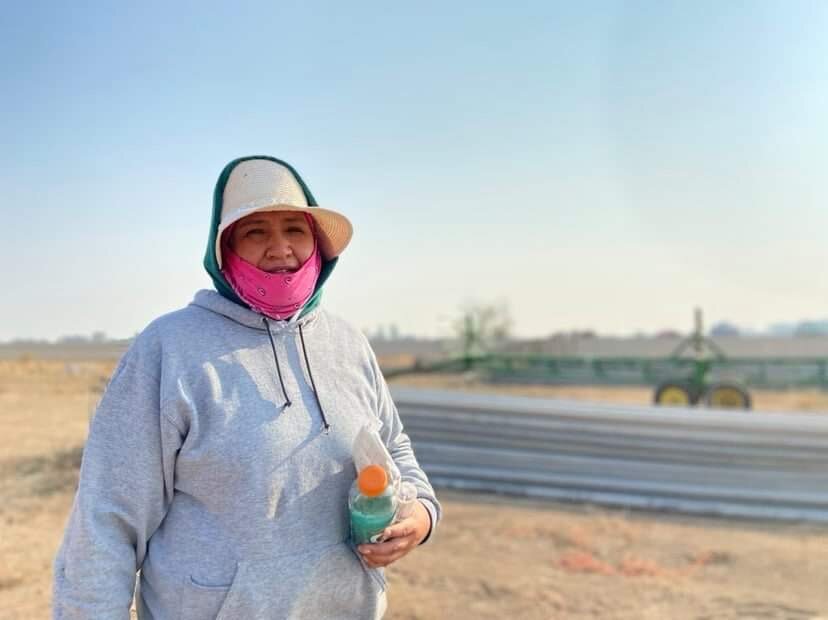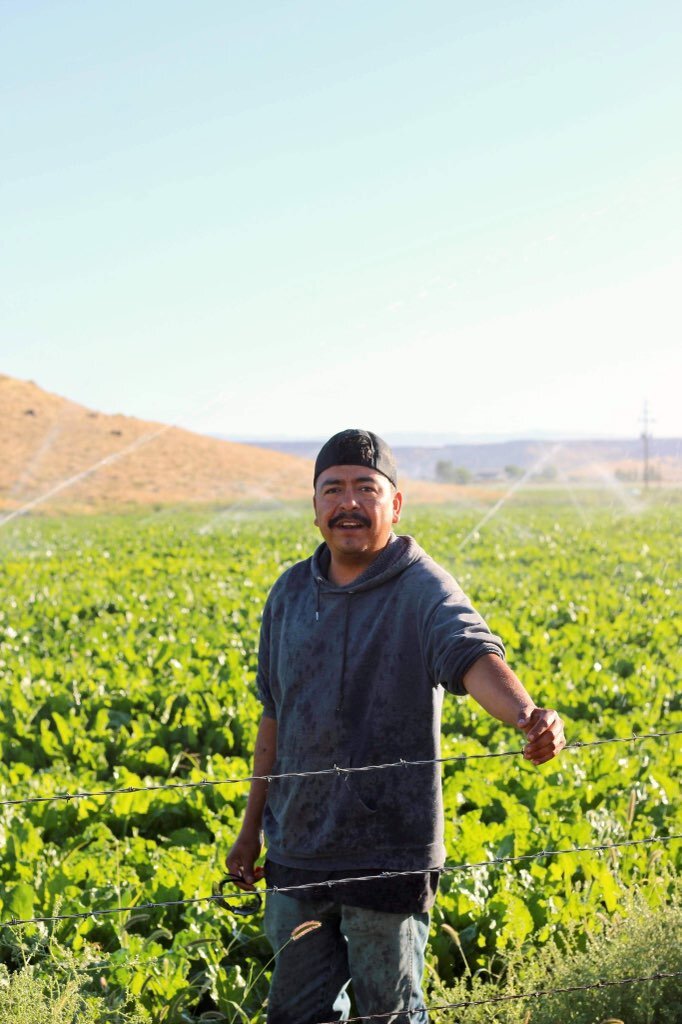Farmworkers of Southern Idaho
Photo courtesy of Alejandro Hernandez
How one social media page is working to humanize an often unseen, ignored, but crucial part of farming.
Story by Gustavo Sagrero
Photo courtesy of Alejandro Hernandez
Starting over the summer of 2020, the Farmworkers of Southern Idaho Instagram page began posting stories of the migrant workers that labor in the shadow of the agriculture industry of the state.
Organized by a mix of local educators, recent graduates, and former and current farmhands, many of them take the time out of their own lives to cover the stories that aren’t often heard.
“It’s really about recognizing people who are feeding this country... “ said Alejandra Hernandez, one of the first few people to organize the page, “...supporting them, passing the mic”.
Photo courtesy of Alejandro Hernandez
The page is an outwardly facing independent group, that's part of a strengthening network of local and national organizations. They work together to advocate for migrant workers. The page’s goal is to create visibility for a population often unseen within the United States, despite playing a crucial role in the agricultural backbone of the country.
Hernandez and a group of six other people, a mix of recent college grads and potato farm workers, all collaborate together. Hernandez is no stranger to the life of migrant workers. Her father still does the same work, and even her and sister have had a hand in working the land.
“My sister was pretty young when my mom would take her to clean beets'' she said. Hernandez has worked in cleaning mint, hoeing asparagus fields, and working potato farms before going to college.
Photo courtesy of Alejandro Hernandez
Considering this is the off-season for growers, Hernandez and the rest of her team are considering diving into stories about dairy workers, although it’s been harder for her to get into contact with this work-force. They’ve been able to reach agriculture workers because of all of their connections to people who work in the fields. Dairy-workers, on the other hand, live in their own bubble.
Which speaks to the greater isolation that many migrant workers face. Oftentimes, when Hernandez, or one of the other seven show up for a photo to add to the page, they’re often asked by the farmhands to bring them supplies from in town. With no means of personal transportation, rarely do many migrant farm workers get to actually go into town other than roughly once a week, depending on the farm.
They’ve organized a coat drive for this winter in collaboration with PODER Idaho, Idaho Immigrant Alliance, and the Mexican Consulate.




